Why Choose ACPFOOD for Bulk Pomegranate Flower Seed Peel for Export?
At ACPFOOD, we specialize in bulk pomegranate flower seed peel for export, supplying premium anar flower wholesale, gule anar bulk, and Punica granatum seed wholesale to international buyers. Our carefully sourced dried pomegranate flower, pomegranate seed for wholesale, and pomegranate peel for export meet strict quality standards for the food, beverage, cosmetic, and herbal industries. We provide reliable supply and competitive pricing for wholesale pomegranate products to importers, distributors, and manufacturers worldwide.
GENERAL DATA
Plant parts: Flowers, Seeds, Peels
Cultivation mode: Cultivated
In manufacturing: Pharmaceutical, cosmetics, dyeing, extracts.
In food: Tea, spices.
🔴 Industries That Use Pomegranate Flowers (Punica granatum L.)
Pomegranate flowers—known as Gule Anar—are the vivid red blossoms of the Punica granatum tree. While the fruit is widely consumed, the dried flowers have long-standing applications in traditional medicine, cosmetics, and functional health products due to their high antioxidant, astringent, and anti-inflammatory properties.
1. Pharmaceutical & Herbal Medicine Industry 💊
Pomegranate flowers are used in:
-
Astringent formulas for ulcers, mouthwash, and throat sprays
-
Herbal blends for cardiovascular and metabolic health
-
Antidiabetic and anti-obesity preparations
-
Anti-inflammatory and uterine tonics in Unani and Ayurvedic medicine
✅ Often used as decoction, tincture, powder, or in polyherbal formulas for oral and internal use.
2. Nutraceutical & Functional Food Industry 🧃
Thanks to their high polyphenol content, pomegranate flowers appear in:
-
Cholesterol and blood sugar management capsules
-
Herbal teas for metabolic balance and digestion
-
Antioxidant-rich dietary supplements
✅ Particularly valued in diabetic support blends and teas promoting vascular health.
3. Cosmetic & Personal Care Industry 🧴
Pomegranate flowers are incorporated into:
-
Anti-aging facial masks and toners
-
Skin-firming and acne-reducing herbal creams
-
Natural toothpaste and mouthwash for gum health
✅ Used for their natural astringency, antimicrobial action, and tissue toning.
4. Oral Care & Dental Products 😁
Due to antimicrobial and astringent effects, Gule Anar is used in:
-
Herbal mouth rinses for gingivitis and oral ulcers
-
Traditional tooth powders and gum-tightening pastes
-
Preventive oral care formulations
✅ Shown to reduce plaque and improve gum condition in herbal studies.
5. Cultural & Traditional Use 🕌
Pomegranate flowers hold a place in traditional Persian and South Asian medicine:
-
Used in postpartum care and uterine tonics
-
Incorporated in tea blends for spiritual or calming rituals
-
Symbolic uses in weddings, herbal baths, and folk remedies
✅ Sometimes blended with rose, chamomile, or myrtle in ceremonial applications.
🔴 Summary Table – Pomegranate Flowers (Gule Anar)
| Industry | Common Uses |
|---|---|
| Pharmaceutical & Herbal | Astringent, anti-inflammatory, cardiovascular and uterine support |
| Nutraceutical | Blood sugar, antioxidant, cholesterol-lowering teas and capsules |
| Cosmetics | Skin toner, acne cream, anti-aging skincare |
| Oral Care | Gum health, gingivitis, herbal mouthwash |
| Cultural & Traditional | Herbal teas, spiritual and postpartum care |
🌸 Key Features:
-
Dried red petals rich in tannins, ellagic acid, and flavonoids
-
Traditionally used in Persian, Ayurvedic, and Unani healing systems
-
Astringent, anti-inflammatory, and antioxidant properties
-
Applied in internal and topical medicinal products
-
Plays dual roles in scientific nutraceuticals and traditional rituals
🔴 Industries That Use Pomegranate Seeds (Punica granatum L.)
Pomegranate seeds—commonly referred to as Anardan when dried—are the small, jewel-like arils inside the pomegranate fruit. Beyond their culinary appeal, these seeds are rich in antioxidants, oils, and fibers, making them valuable across the food, health, and cosmetic industries.
1. Food & Beverage Industry 🍽
Pomegranate seeds are used in:
-
Spice blends, chutneys, and traditional meat marinades (as Anardana)
-
Functional fruit bars and energy snacks
-
Garnishing or flavor-enhancing agents in health drinks and teas
-
Natural acidity regulator in traditional recipes
✅ Dried seeds are often ground into powder and used in Persian and South Asian dishes.
2. Nutraceutical & Dietary Supplement Industry 🧃
Due to their dense nutritional profile, pomegranate seeds (and their oil) are used in:
-
Antioxidant and anti-inflammatory capsules
-
Cardiovascular support blends
-
Women’s hormonal balance and menopause supplements
-
Omega-rich softgels (from cold-pressed seed oil)
✅ Punicic acid, found in the seed oil, is studied for its anti-cancer and heart health benefits.
3. Pharmaceutical & Herbal Medicine Industry 💊
Pomegranate seeds are included in herbal formulations for:
-
Anti-parasitic and digestive remedies
-
Anti-diabetic and cholesterol-lowering blends
-
Anthelmintic and GI-cleansing uses in Unani and Ayurvedic practice
✅ Often decocted or powdered and included in polyherbal treatments.
4. Cosmetic & Personal Care Industry 🧴
Cold-pressed pomegranate seed oil is prized in:
-
Anti-aging serums and creams
-
Scalp and hair-strengthening oils
-
Lip balms, facial elixirs, and moisturizers
✅ Contains punicic acid and tocopherols that promote skin regeneration and elasticity.
5. Animal Health & Feed Supplements 🐑
In some innovative animal nutrition programs, pomegranate seed meal is used in:
-
Antioxidant-enriched feed additives for livestock
-
Feed trials for cholesterol reduction and gut health in poultry
-
Natural antioxidant source for improving meat quality in ruminants
✅ Still emerging, mainly in academic and eco-agriculture settings.
🔴 Summary Table – Pomegranate Seeds
| Industry | Common Uses |
|---|---|
| Food & Beverage | Spice, flavoring, condiments, health snacks |
| Nutraceutical | Antioxidant, cardiovascular, hormonal support, seed oil |
| Pharmaceutical & Herbal | GI cleanser, anti-diabetic, anti-parasitic |
| Cosmetics | Anti-aging oil, skin rejuvenation, scalp care |
| Animal Health | Functional livestock feed additive (emerging use) |
🌱 Key Features:
-
Rich in punicic acid, linolenic acid, polyphenols, and phytoestrogens
-
Used as whole dried seeds (Anardan) or cold-pressed oil
-
Supports cardiovascular, digestive, and hormonal health
-
Multi-industry relevance in functional food, natural medicine, and personal care
-
Traditional and modern uses from spice to cosmeceuticals
🟤 Industries That Use Pomegranate Peel (Punica granatum L.)
Pomegranate peel—the thick, leathery outer rind of the fruit—is one of the richest plant sources of polyphenols, tannins, and flavonoids. While often discarded, it is increasingly used in pharmaceutical, nutraceutical, cosmetic, and animal health industries due to its potent bioactivity.
1. Pharmaceutical & Herbal Medicine Industry 💊
Pomegranate peel is widely used in:
-
Antidiarrheal and gut-cleansing herbal remedies
-
Antimicrobial and antiparasitic formulations
-
Wound-healing powders and external astringent washes
-
Throat soothers and oral rinses for ulcers or infections
✅ Often used as a powder, decoction, or extract in Ayurvedic, Unani, and Siddha medicine systems.
2. Nutraceutical & Functional Supplement Industry 🧃
Its high antioxidant and tannin content make it ideal for:
-
Gut barrier and microbiome support formulas
-
Cholesterol and blood sugar regulation blends
-
Detox and cleansing teas or capsules
-
Natural anti-aging and cellular-protection supplements
✅ Punicalagin has been studied for anti-cancer, antiviral, and liver-protective properties.
3. Cosmetic & Personal Care Industry 🧴
Pomegranate peel extract is used in:
-
Skin-firming and acne-control creams
-
Anti-aging serums with polyphenol antioxidants
-
Herbal face masks for oily or inflamed skin
-
Toothpastes and mouthwashes for gingival health
✅ Tannins and antioxidants help tone skin, reduce bacteria, and support tissue healing.
4. Animal Health & Veterinary Use 🐄
Pomegranate peel powder is increasingly studied as a:
-
Natural anti-parasitic and gut-health additive in ruminants and poultry
-
Antioxidant feed supplement to improve immunity and reduce methane emission
-
Cost-effective phytogenic growth promoter in animal husbandry
✅ Still emerging, often used in powdered form blended with feed or decoction.
5. Natural Dye & Eco-Textile Industry 🧵
Thanks to its high tannin content, pomegranate peel is:
-
Used as a mordant in plant-based textile dyeing
-
Employed in eco-printing, natural ink, and sustainable craft dyeing
-
Combined with iron or alum for golden, brown, or olive tones
✅ Used in traditional crafts and modern sustainable fashion practices.
🟤 Summary Table – Pomegranate Peel
| Industry | Common Uses |
|---|---|
| Pharmaceutical & Herbal | Antidiarrheal, antiparasitic, wound care, oral health |
| Nutraceutical | Gut health, antioxidant detox, cholesterol & sugar support |
| Cosmetics | Acne, anti-aging, skin toning, gum health |
| Animal Health | Gut protector, immune booster, methane reducer |
| Textile & Dye | Natural mordant, eco-printing, craft dyeing |
🌱 Key Features:
-
High in punicalagin, ellagic acid, and tannins
-
Antioxidant, anti-inflammatory, antimicrobial, and astringent
-
Used in both internal remedies and topical skincare
-
Important in sustainable agriculture and textile dyeing
-
Traditional use in Persian and South Asian medicine; modern scientific validation
🔴 Comparison Table – Pomegranate Flower vs Seed vs Peel (Punica granatum L.)
| Feature / Industry | 🌸 Flower (Gule Anar) | 🔴 Seed / Anardana | 🟤 Peel / Rind |
|---|---|---|---|
| Primary Form | Dried whole flowers | Dried seeds / seed oil | Dried rind powder / extract |
| Key Compounds | Flavonoids, ellagic acid, tannins | Punicic acid, polyphenols, phytoestrogens | Punicalagin, ellagitannins, gallic acid |
| Traditional Medicine Use | Uterine tonic, astringent, anti-inflammatory | Digestive aid, heart support, hormonal balance | Antidiarrheal, antiparasitic, oral & gut care |
| Pharmaceutical Applications | Venotonic, metabolic, wound care | Cardiovascular, antidiabetic, anti-inflammatory | Gastrointestinal, antimicrobial, tissue healing |
| Nutraceutical Use | Metabolic teas, antioxidant capsules | Seed oil softgels, antioxidant supplements | Detox blends, cholesterol & microbiome support |
| Cosmetic Industry | Skin toner, anti-aging, acne | Seed oil in serums, hair/scalp care | Acne treatments, firming masks, mouthwash |
| Oral Care / Dental | Gum healing, throat rinse | (Limited) | Toothpaste, oral ulcer rinse, gingivitis |
| Food Industry | Herbal teas, rare applications | Spice (Anardana), health snacks | Not used directly in food |
| Animal Health & Feed | (Rarely used) | Emerging in feed trials | Antioxidant feed additive, antiparasitic |
| Natural Dye / Textile | (Rare) | (Not used) | Mordant for dyeing, eco-textiles |
| Symbolic / Cultural Use | Ritual teas, postpartum tonics | Culinary in Persian, Indian cuisines | Traditional cleansing rituals in some cultures |
✅ At a Glance: Uses Overview
| Part | Pharma | Nutraceutical | Cosmetic | Oral Care | Food | Veterinary | Dye/Textile |
|---|---|---|---|---|---|---|---|
| 🌸 Flower | ✅✅ | ✅✅ | ✅ | ✅ | ⚪️ | ⚪️ | ⚪️ |
| 🔴 Seed (Oil too) | ✅✅ | ✅✅✅ | ✅✅ | ⚪️ | ✅✅ | ⚪️✅ | ❌ |
| 🟤 Peel | ✅✅✅ | ✅✅✅ | ✅✅ | ✅✅ | ❌ | ✅✅ | ✅✅ |
🔹 Legend:
✅✅✅ = Major Use
✅✅ = Common Use
✅ = Some Use
⚪️ = Rare Use
❌ = Not Applicable
PRODUCT NAME IN DIFFERENT LANGUAGES
Persian Name: گل انار، گلنار/ Gole Anar, Golnar
German Name (Deutschland, Austria, Switzerland): Granatapfel blume, Granatapfelbaum , Granatapfelstrauch blume, Granatapfel, Granatbaum
French Name (France, Belgium, Switzerland, Quebec): Grenadier fleur, Grenadier commun fleur, Balaustier
HARVEST CALENDAR
Feb
Mar
Apr
May
Jun
Jul
Aug
Sep
Oct
Nov
Dec
To order dried Pomegranate flowers, please contact us.
5. Punica granatum flower’s boiled water is used as a wash to cure Hemorrhoids and white vaginal secretions or Leukorrhea.
6. In external use, its extract with Rose Water is very useful for removing eye swelling, with Broadleaf Plantain (Plantago major L.) extract for penis wounds and with vinegar for Erysipelas.
🌸 Nutrition Facts – Pomegranate Flowers (Punica granatum L.)
Serving Size: 1.5 g (dried flowers, typical for infusion or decoction)
Calories: ~5 kcal
| Nutrient | Amount per 1.5g | Per 100g |
|---|---|---|
| Total Fat | 0.03 g | 2.0 g |
| • Saturated Fat | 0.01 g | 0.4 g |
| Cholesterol | 0 mg | 0 mg |
| Sodium | 0.5 mg | 35 mg |
| Total Carbohydrate | 1.0 g | 66.0 g |
| • Dietary Fiber | 0.3 g | 20.0 g |
| • Natural Sugars | 0.05 g | 3.0 g |
| Protein | 0.08 g | 5.0 g |
🌿 Phytochemical & Functional Profile (Per 100g):
| Compound / Group | Approx. Content | Functional Role |
|---|---|---|
| Punicalagin & ellagitannins | High | Powerful antioxidant, anti-inflammatory |
| Flavonoids (quercetin, rutin) | Moderate | Vascular support, antimicrobial |
| Tannins | High | Astringent, supports oral & digestive health |
| Phenolic acids | Moderate | Cell-protective, immune-modulating |
| Saponins | Trace–moderate | Hemostatic and tonic effects |
🧬 Vitamins & Minerals (Per 100g):
| Micronutrient | Approx. Content | % DV (per 100g) |
|---|---|---|
| Calcium | ~150 mg | 15% |
| Iron | ~5.5 mg | 30% |
| Magnesium | ~90 mg | 22% |
| Potassium | ~500 mg | 14% |
| Vitamin C | ~12 mg | 20% |
🌺 Pomegranate flowers are used in traditional Persian, Ayurvedic, and Unani medicine for supporting blood sugar regulation, gum health, wound care, and female reproductive balance. Often steeped into herbal teas or powdered for topical use.
⚠️ Not typically used as a food. Due to strong astringency, use in moderation and under supervision for internal applications.
Percent Daily Values are based on a 2,000-calorie diet. Nutrient content may vary by cultivar, region, and drying method.
🍎 Nutrition Facts – Pomegranate Seeds (Punica granatum L.)
Serving Size: 10 g (dried whole seeds)
Calories: ~52 kcal
| Nutrient | Amount per 10g | Per 100g |
|---|---|---|
| Total Fat | 3.6 g | 36.0 g |
| • Saturated Fat | 0.3 g | 3.0 g |
| • Monounsaturated Fat | 0.5 g | 5.0 g |
| • Polyunsaturated Fat | 2.5 g | 25.0 g |
| Cholesterol | 0 mg | 0 mg |
| Sodium | 1.5 mg | 15 mg |
| Total Carbohydrate | 4.2 g | 42.0 g |
| • Dietary Fiber | 1.6 g | 16.0 g |
| • Natural Sugars | 2.2 g | 22.0 g |
| Protein | 0.7 g | 7.0 g |
🌿 Functional & Phytochemical Profile (Per 100g):
| Compound / Group | Approx. Content | Functional Role |
|---|---|---|
| Punicic acid (omega-5) | ~65–75% of oil | Anti-inflammatory, skin & metabolic health |
| Conjugated linolenic acids | Present | Antioxidant, anti-obesity, immune modulation |
| Flavonoids (quercetin, catechins) | Moderate | Cardiovascular and cellular protection |
| Tannins & Ellagitannins | Present | Antioxidant, antimicrobial, anti-cancer potential |
| Phytosterols | Trace–moderate | Cholesterol-lowering, hormone modulation |
🧬 Vitamins & Minerals (Per 100g):
| Micronutrient | Approx. Content | % DV (per 100g) |
|---|---|---|
| Vitamin E | ~3.4 mg | 23% |
| Vitamin C | ~8.0 mg | 13% |
| Potassium | ~320 mg | 9% |
| Iron | ~2.5 mg | 14% |
| Magnesium | ~65 mg | 16% |
| Zinc | ~1.2 mg | 11% |
🍎 Pomegranate seeds (dried) are used as a tangy spice, snack, or ingredient in trail mixes, confections, herbal teas, and functional food products. They provide a unique source of omega-5 fatty acids (punicic acid) and potent antioxidants.
⚠️ Due to their oil content, store in a cool, dry place to prevent rancidity. May not be suitable for individuals with seed allergies.
Percent Daily Values are based on a 2,000-calorie diet. Nutritional values vary slightly depending on drying method and variety.
🍂 Nutrition Facts – Pomegranate Peel (Punica granatum L.)
Serving Size: 2 g (dried powdered peel, typical for infusion or capsule)
Calories: ~6 kcal
| Nutrient | Amount per 2g | Per 100g |
|---|---|---|
| Total Fat | 0.04 g | 2.0 g |
| • Saturated Fat | 0.005 g | 0.25 g |
| Cholesterol | 0 mg | 0 mg |
| Sodium | 0.8 mg | 40 mg |
| Total Carbohydrate | 1.3 g | 65.0 g |
| • Dietary Fiber | 0.5 g | 25.0 g |
| • Natural Sugars | 0.1 g | 5.0 g |
| Protein | 0.15 g | 7.5 g |
🌿 Functional & Phytochemical Profile (Per 100g):
| Compound / Group | Approx. Content | Functional Role |
|---|---|---|
| Ellagitannins (Punicalagin) | High | Antioxidant, antimicrobial, anti-inflammatory |
| Flavonoids (catechin, rutin) | Moderate | Cardioprotective, cellular antioxidant |
| Tannins | High | Astringent, oral/gut health, wound healing |
| Phenolic acids | Present | Anti-aging, protective to skin and liver cells |
| Alkaloids & sterols | Trace | Modulatory, therapeutic interest |
🧬 Vitamins & Minerals (Per 100g):
| Micronutrient | Approx. Content | % DV (per 100g) |
|---|---|---|
| Vitamin C | ~44 mg | 73% |
| Calcium | ~110 mg | 11% |
| Iron | ~5.8 mg | 32% |
| Potassium | ~380 mg | 11% |
| Magnesium | ~70 mg | 18% |
| Zinc | ~1.1 mg | 10% |
🍂 Pomegranate peel is one of the richest parts of the fruit in bioactive compounds—especially ellagitannins like punicalagin. It’s traditionally used for gastrointestinal support, oral health, anti-parasitic formulas, and as a powerful antioxidant in teas, extracts, and skincare products.
⚠️ Peel is not consumed raw. Best used in powdered, extracted, or decocted form under guidance. May interact with certain medications.
Percent Daily Values are based on a 2,000-calorie diet. Composition may vary depending on variety and drying method.
To order Gule Anar, please contact us.
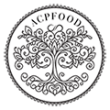
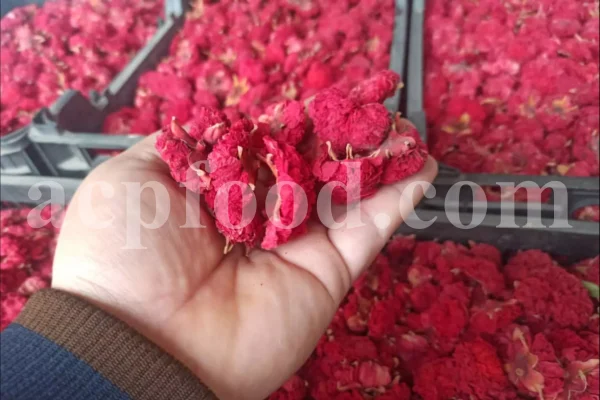
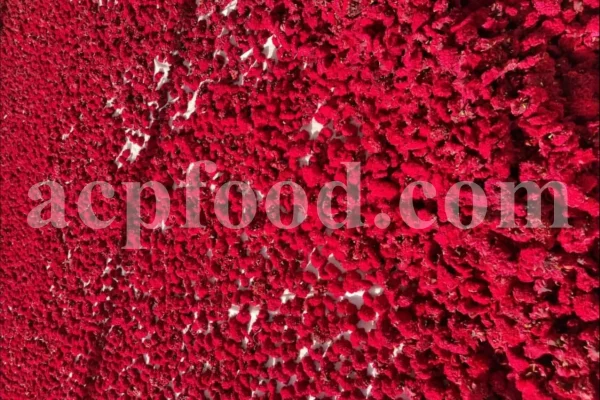
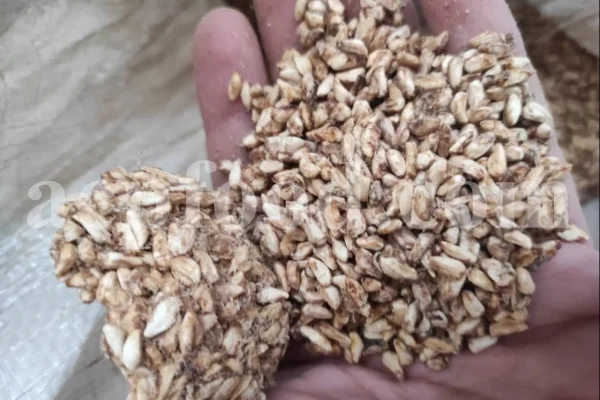
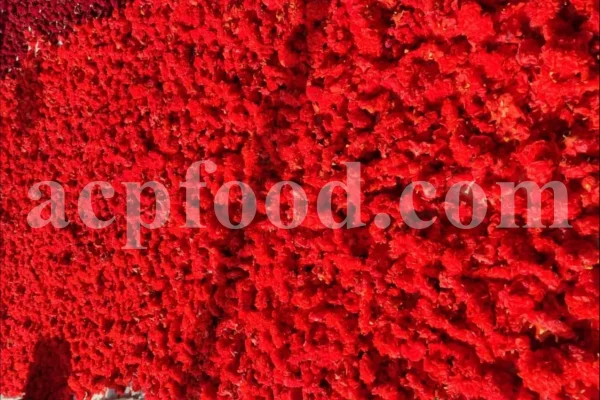

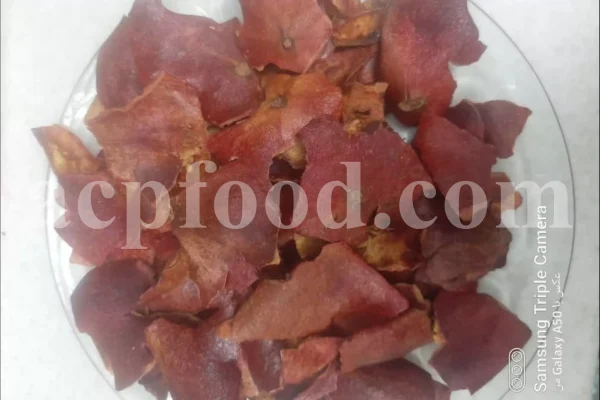
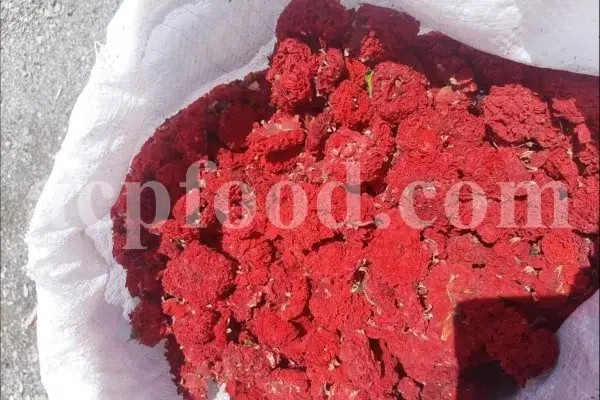
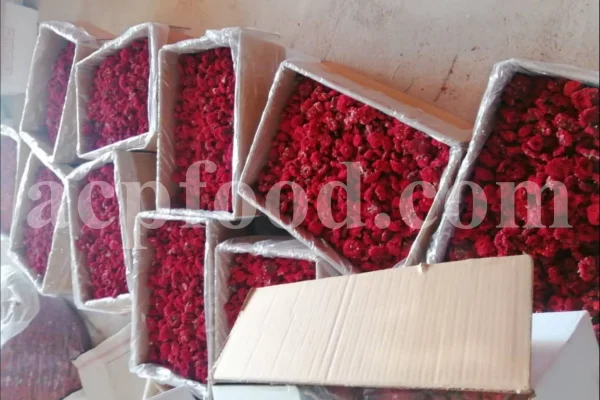


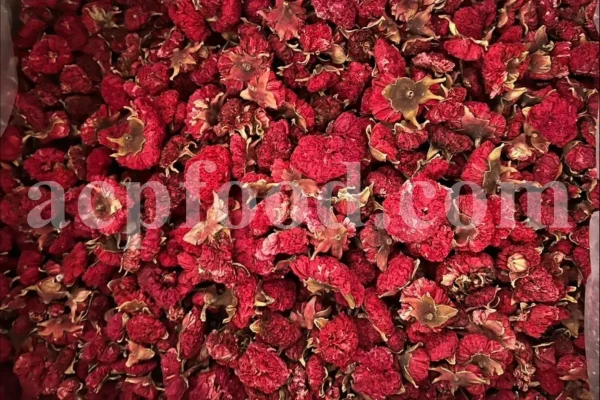

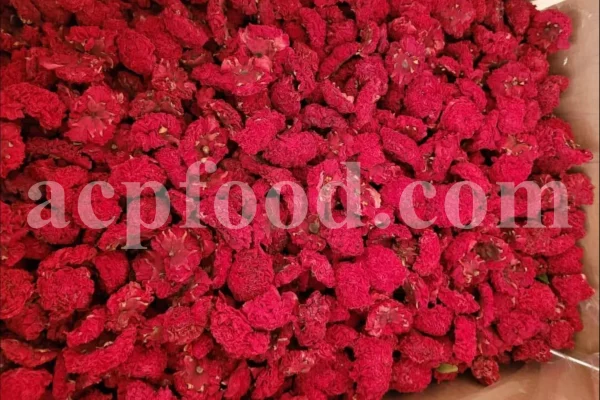

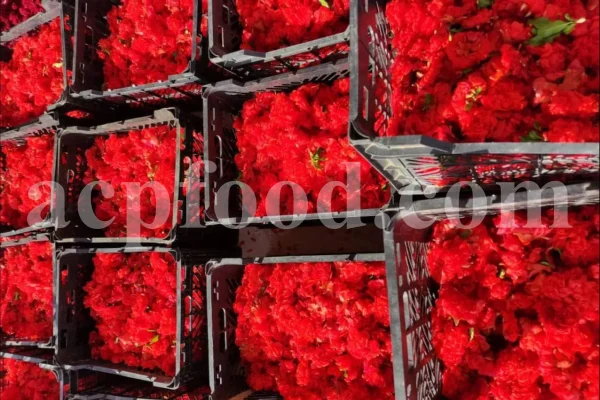
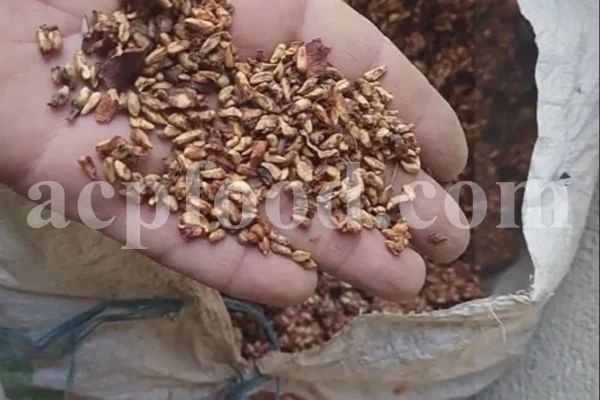
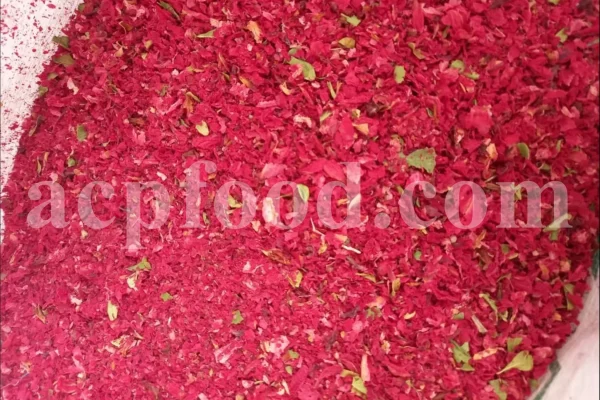

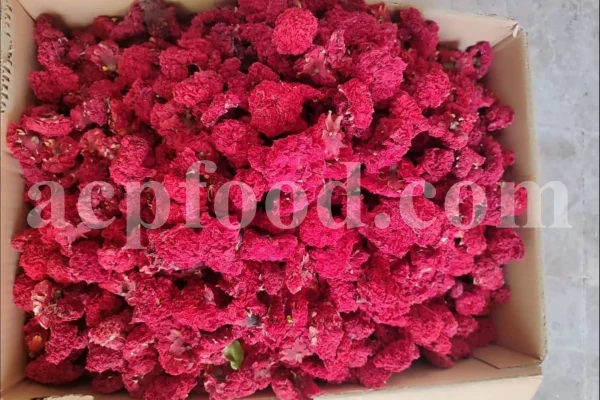
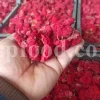
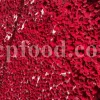

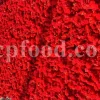

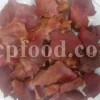
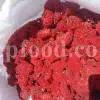
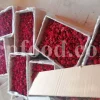
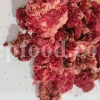
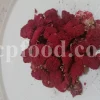

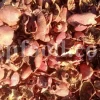
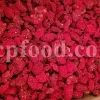
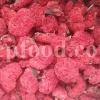

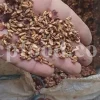
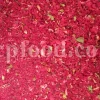
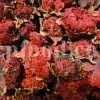
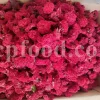
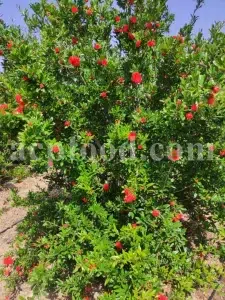
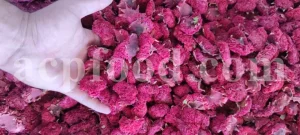
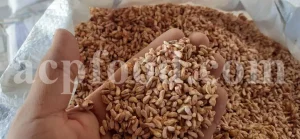
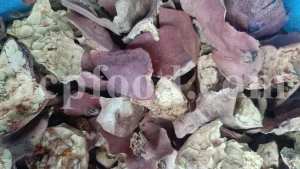
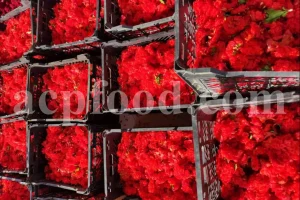
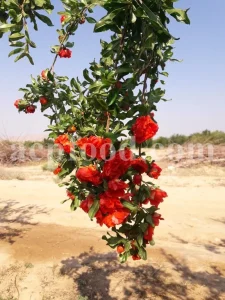
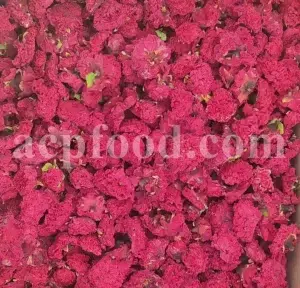
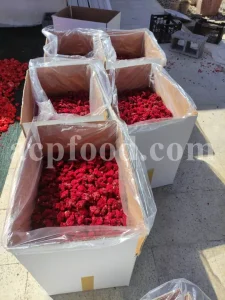


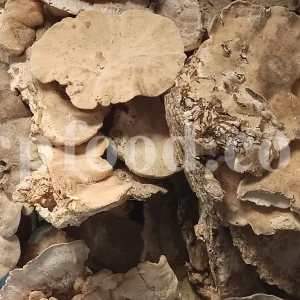
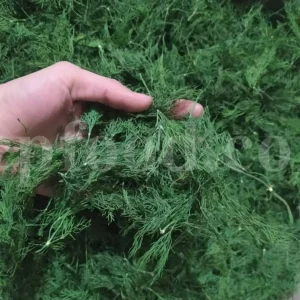
Reviews
There are no reviews yet.